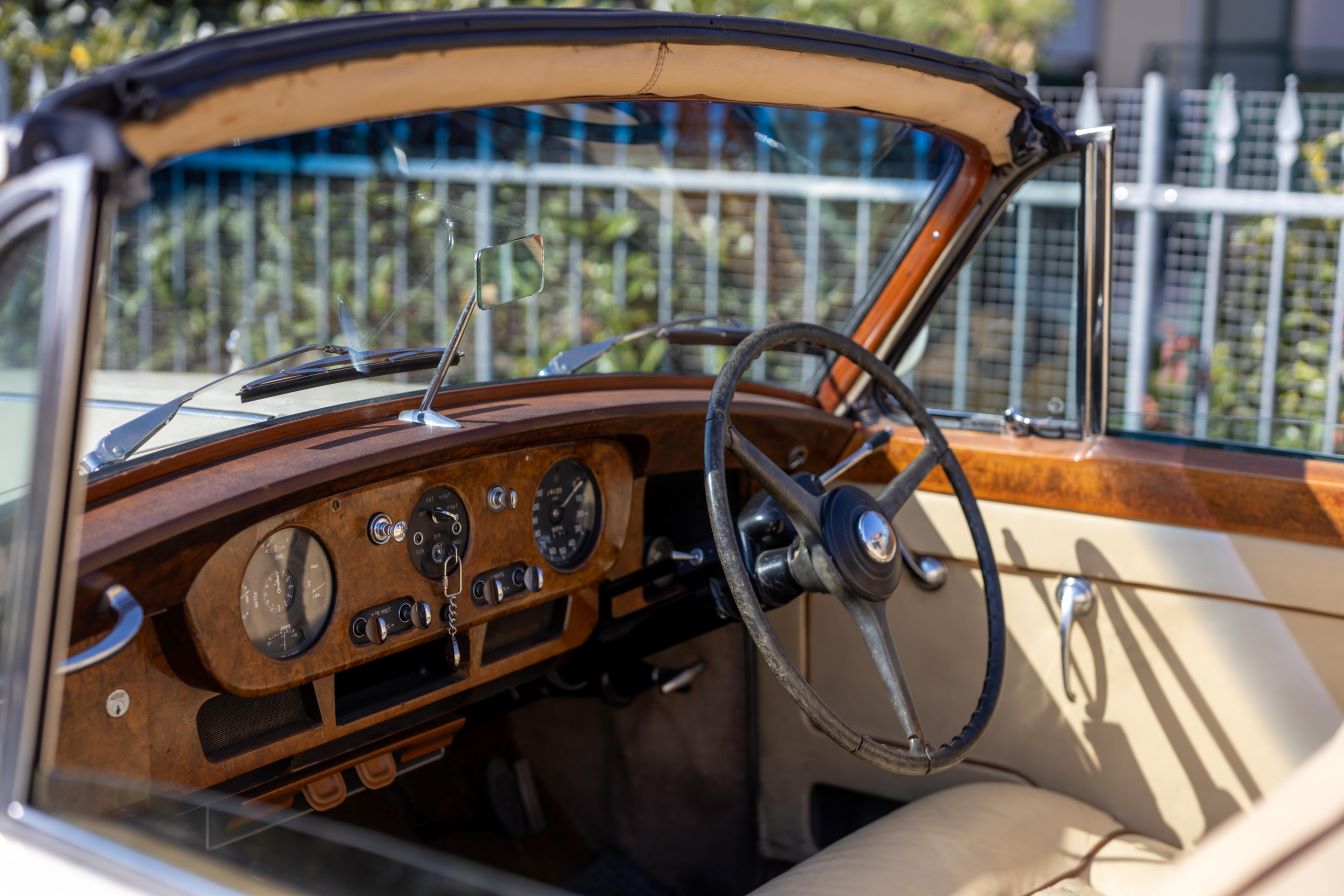
[ad_1]

Classic car restoration is one of the most rewarding pastimes we can think of—and it can also be one of the most frustrating.
Picking the perfect vehicle for your budget and skill level will make all the difference between pleasant nights spent in the garage, and a massive months-long headache. So, with seemingly endless options for vintage car restoration, how can you possibly narrow it down?
We’ve got a few ideas.
Know Thyself
Probably the most important thing you can do when you decide to undertake a car resto is to be honest about your abilities.
Don’t get us wrong: we’re not saying that you need to be a master mechanic. Really, you don’t even need to have worked on cars before. What we are saying is that it’s good to know what skills you’re already bringing to the table, what you’re willing to learn, and what you’re able to hire help for.
There are skillsets that will be tremendously beneficial at certain points of the process. For instance, if you’ve worked as an electrician for three decades, there’s a good chance you’ll be more well-equipped when the time comes to tackle battery components. If you just retired after a long career of making furniture, then reupholstering an old classic car is probably going to be right up your alley.
On the other hand, maybe you spent your entire life in IT, and although you don’t have a lot of practical car knowledge, you’re an excellent problem solver. The point is, if you want to make restoring automobiles a hobby, take a moment to sit down and do an inventory of your skills. This will help you figure out exactly how big of a project you’re willing to tackle.
Research, Research, Research
One thing you absolutely don’t want to do is go in blind.
The simple fact is, certain models are famously difficult to restore. Maybe they all have a common mechanical gremlin you’ll have to chase down, or maybe they’re designed in a way that makes them tough to work on, or maybe they just were never that popular, so there isn’t a very big community around that specific vehicle.
Speaking of communities: in your research, you’ll likely come across various social media groups and online forums that are dedicated to restoring a specific type of car. Some especially iconic vehicles even have entire businesses devoted to them. For instance, this Facebook group, which has over 3,200 members, may be a crucial resource for anyone trying to tackle a classic Rolls-Royce restoration project. If you get lucky, you may even find a group of people you can meet with in person.
Getting connected to like-minded people will help you with the next phase of research: finding trusted professionals to work with. When it comes to antique car restoration, very few people possess the skills and equipment needed to do the entire project by themselves. There’s nothing wrong with bringing your project to a skilled technician for engine work because it’ll give you the best chance of getting the job done right the first time, which can save you a boatload of time and money in the long run.
While conducting research, you’ll want to start thinking about a budget. One of the oldest jokes in the resto game is, once you set a budget, go ahead and double it. Depending on who you ask, they might even tell you to triple it. Basically, we’re saying that automotive restoration isn’t exactly a cheap hobby. Remember, if it were easy, everyone would do it.
Be Picky About What You Buy
Once you’ve done some extensive research, you’ll probably start to develop a clear picture in your head of what you want to buy, and what you want it to look like when it’s done. At this point, it’s easy to start getting excited, which can lead to making a hasty buying decision.
Don’t forget, this car is going to become your baby. You’re faced with an incredibly important choice, so be sure to give yourself plenty of time to make the right one.
It’s always best to find a vehicle that has good bones—you’ll want to look past aesthetics and focus on making sure the frame isn’t bent or excessively rusted, because restoring a car that’s been totaled can quickly turn into a nightmare regardless of how much cash you throw at it. Finding a vehicle that’s been garage-kept is the best-case scenario, but these finds are quite rare. Instead, you can look for your future project in specific places, and avoid others. For example, vehicles that have spent their life in dry climates will often age better than those that lived in places with lots of rain or snow.
When you find a potential winner, there’s no such thing as asking too many questions. As you shop, you may find that you come across resto projects that were left half-finished. These can either be a godsend, or something to avoid entirely; it all depends on the quality of the work that’s been done so far. If the work is professional and the seller has copious receipts, you may have found a one-in-a-million chance to jump in and finish the job. However, if the seller can’t produce receipts, and you notice a lot of shoddy craftsmanship and aftermarket parts, it could just mean more work for you.
In your journey, one of the most important things to remember is to have a good time with the entire process. At the end of the day, searching for the perfect vehicle to restore is part of the fun.
Happy Hunting, Fellow Enthusiasts
For more essential advice on restoring your very own classic car, check out this link.
If you’ve already found your very own Rolls-Royce restoration project and you’re looking for a little help with service near Aventura, we’d be happy to help. Give us a call at (786) 577-5217 today.
[ad_2]